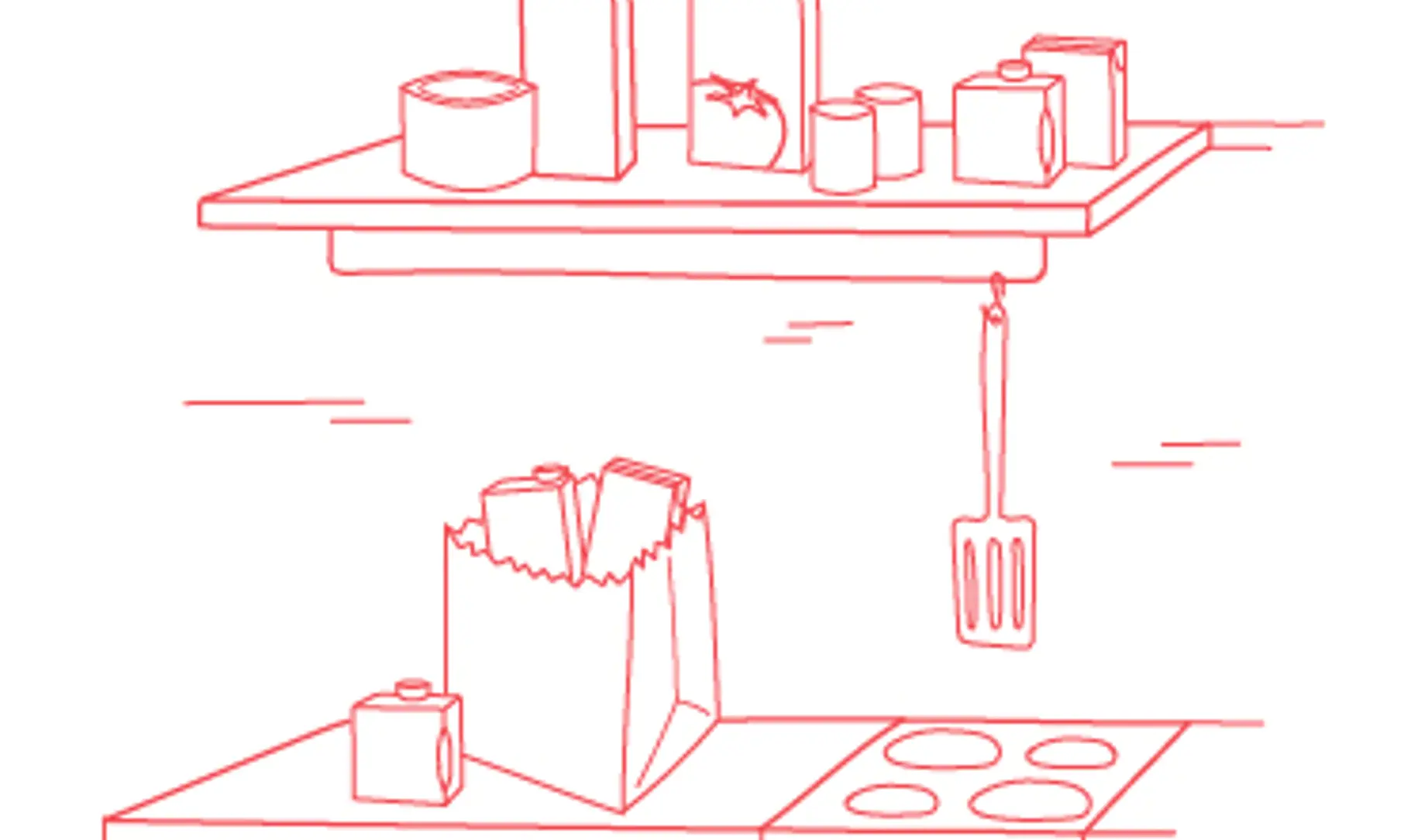When global goes local

In the third part of our Food Speak series, we discuss how everyday cooking has evolved to include dishes from around the world – and the role of packaged food in this shift.
We talked about the link between food and culture in part two of the series, delving into the idea that food often accounts for a large part of our overall identity – both on an individual level and as a nation.
Think sushi or tacos. Most people know of these popular dishes even though they might not have visited the countries these come from, and some even consider these among their favourite meals. That is the power of food in this connected and fluid world. But this phenomenon is not really new. Food has been bridging borders for decades, long before the advent of the internet. When America swears by deep dish pizza and Britain calls chicken tikka masala its national dish, not much remains to be said about the globalisation of food.
A new taste
Enjoyment of food is universal, and though experimentation with not-so-familiar foods is nothing new, millennials have made indulging in gastronomic adventures common place – with 93% trying out new recipes every month. Gen Z has taken their affinity for international cuisine even further, with their penchant for enjoying new dishes and replicating meals at home with the help of social media.

A melting pot
This trend can be seen across the world, be it a rising demand for peri-peri and hollandaise sauce in India, or curry paste becoming a pantry staple in Europe. The borders are blurred for good when it comes to food, and there is no going back. However, even though consumers have developed a taste for global dishes, sourcing the required ingredients and equipment as well as acquiring the skills to put them all together remain a challenge. With so many new dishes to try, finding the time to cook from scratch also becomes a deterrent. Can you imagine trying to extract coconut milk without the proper equipment or know-how?
The shelf-stable path
After living through a period of limited travel and restaurant visits, consumers flocked to an unusual destination for their culinary explorations: the supermarket, be it online or in person. Kidney beans for chilli con carne, Green curry sauce for Thai curry, broth for paella or condensed milk for Cocodas – all these options and more in shelf-stable formats opened up new vistas of taste.

Both cooking more at home and exploring global cuisine have been on the rise since 2020, and these trends are likely to continue making food in cartons a growing category.
Shelf-stable products will continue to play a vital role in making global cuisine more accessible to everyone – creating demand for innovative products. SIG with its flexible food filling options enables manufacturers to extend their product line to food with various viscosity levels, including those with large particulates, while ensuring optimal quality and safety.
In the next part of this series, we will explore how affordability and availability often trump other factors when it comes to buying decisions. Subscribe to our exclusive bi-weekly newsletter SIGnals Update to get the post as well as other food and beverage industry insights in your inbox.
- December 17, 2021
